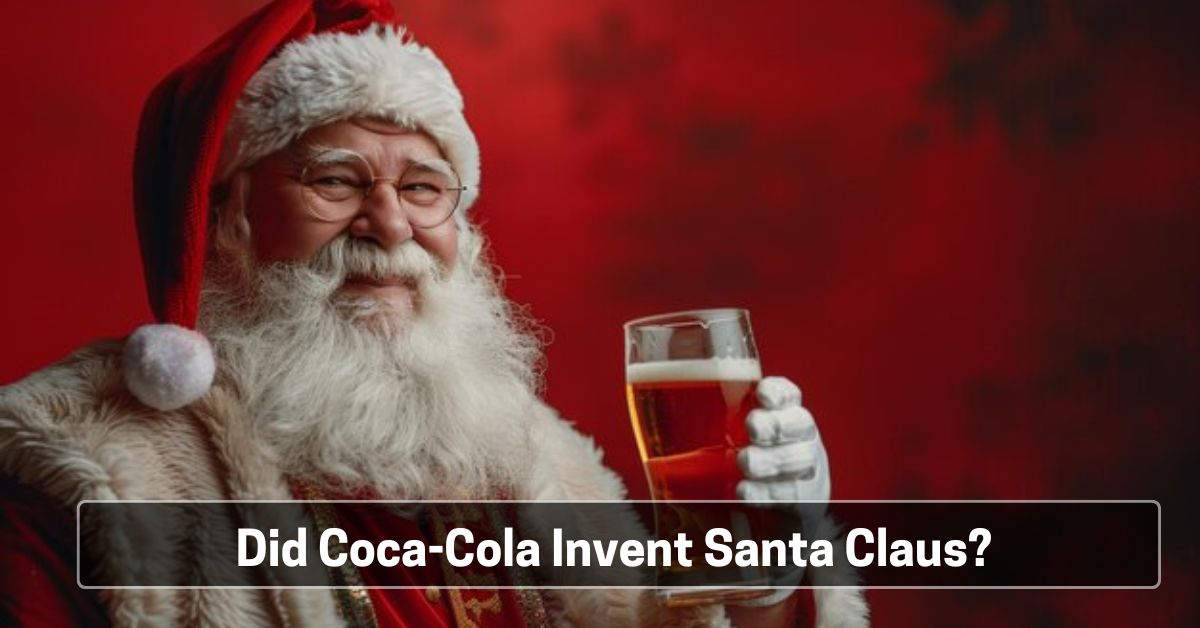Did Coca-Cola Invent Santa Claus?

“Alas! How dreary would be the world if there was no Santa Claus!”
(Image source: Coco-Cola)
It’s going to be a very different Christmas this year and Santa is preparing for the festive season accordingly. Well, we have to see whether Santa stays home this year or the jolly ol’ man pays us a visit like he does every year. Though Santa Claus has a long history steeped in Christmas traditions; today, he is thought of mainly as an overweight, jolly man in red who is a bringer of gifts on Christmas Eve – thanks to Coca-Cola’s iconic Christmas ads. Santa has been an intrinsic part of the brand since 1931, when Haddon Sundblom, the gifted illustrator ( famous for inventing Aunt Jemima and the Quaker Oats Man) created Santa based on the kind-hearted looks of his friend. The image of Santa as a jolly and plump old Dutch man in a red and white suit who delivers presents from the North Pole while enjoying Coca-Cola on the job became so popular that many started attributing the brand with creating Santa Claus. The notion was so engrained among Americans that Coca-Cola had to come forth and officially dispel the myth.
Santa Claus has been depicted differently by different people – from bald and gaunt Santa to a strict disciplinarian
In European culture, Santa was a tall and gaunt man whereas Clement Moore had depicted him as an elf in “A Visit from St Nicholas.” But the Santa we know and love today was gifted to us by Haddon Sundblom. In the words of Mark Pendergrast’s For God, Country, and Coca-Cola,
Coca-Cola…has directly shaped the way we think of Santa. Prior to the work [done for Coca-Cola by commercial artist Haddon Sundblom], the Christmas saint had been variously illustrated wearing blue, yellow, green, or red…After the soft drink ads, Santa would forever more be a huge, fat, relentlessly happy man with broad belt and black hip boots — and he would wear Coca-Cola red.
Every Christmas till 1964, Sundblom kept on painting Santa for Coca-Cola. When his first model also his friend and a retired Coca-Cola salesman, died, Sundblom used himself. The heart-tugging ads throughout the years showed Santa in different scenarios. From the “Me Too” ad published during the Great Depression in the US, when everyone needed a dose of happiness to the famous ad of the 60s ‘When friends drop in’ – every ad was a storytelling masterpiece centered around the rotund, red-cheeked, bearded Santa in his Coke-red suit, thus making Sundblom’s Santa an integral part of Christmas celebrations till this day. It’s to be noted here that Santa has been featuring in Coke ads since the 1920s. However, the first Santa ads used a disciplinarian Santa, a far cry from the image of Santa that exists in the popular consciousness.
Did Santa Claus help Coke sell during the chilly winter months?
While doing research on Coke and Santa Claus, I came across a book titled Santa Claus: A Biography, where the author shares a couple of interesting tidbits:
In the 1920s, the Coca-Cola Company was recovering from attacks by the Women’s Christian Temperance Union, the federal government, and other critics of its soft-drink formula. A U.S. senator had claimed in 1921 that the carbonated water beverage caused sterility in women and dissolved “brain power, and the digestive power and the moral fabric.” The company wanted advertising campaigns that emphasized relaxation and carefree refreshment and it also wanted to improve the sales of Coca-Cola during the winter months. To these ends they turned to a Chicago illustrator named Haddon Hubbard Sundblom, a harddrinking, six-foot-three commercial artist who was able to capitalize on the well-established image of Santa Claus that existed by 1931.

